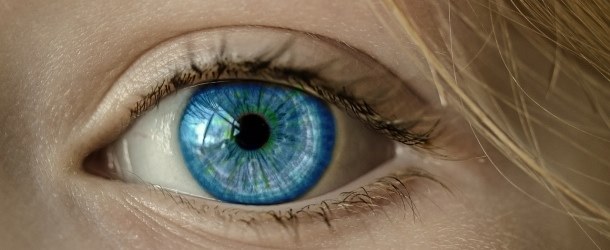Humans Can Detect a Single-Photon Incident on the Cornea

(TheNextWeb) Alipasha Vaziri, a physicist at the Rockefeller University in New York City who both conducted and participated in experiments has determined that humans can detect a single-photon incident on the cornea with a probability significantly above chance. This was achieved by implementing a combination of a psychophysics procedure with a quantum light source that can generate single-photon states of light. Vaziri reported, “The most amazing thing is that it’s not like seeing light. It’s almost a feeling, at the threshold of imagination”.
Theoretically, if you were to entangle that photon of light with another and then shine the photon at a person’s eye: they should not be able to perceive a difference. Not being able to detect entanglement with the naked human eye doesn’t actually indicate that quantum mechanics is correct. But, as evidence continues to pile up for it, quantum mechanics remains the pervasive working theory to explain how our universe works. This is because, for quantum mechanics to work as a theory, it has to explain everything that happens, including why we don’t usually perceive quantum phenomena. We trust that quantum phenomena happens, and that we don’t have to work too hard to observe it.



















